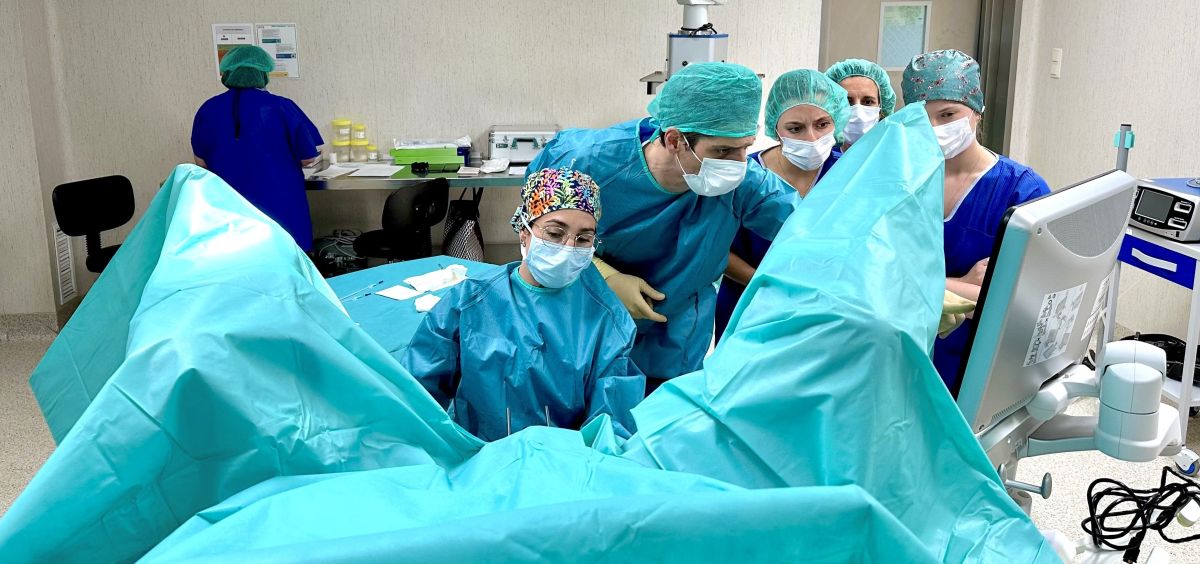Ruber International Hospital Optimizes Prostate Cancer Treatment with Fiducial Markers and SpaceOAR Hydrogel Pad | Social Media Leader

Ruber International Hospital has introduced an innovative prostate cancer treatment procedure using fiducial markers and SpaceOAR hydrogel to optimize the precision and safety of radiation therapy by separating the rectum from the prostate. This advanced technology allows for precise targeting of radiation, ensuring that therapeutic doses are delivered directly to the tumor while minimizing impact on surrounding healthy tissue.
Prostate cancer is the most common cancer in men, and its treatment has changed significantly in the 21st century. Stereotactic body radiation therapy (SBRT) has become an effective and less invasive treatment for this disease.
In particular, the CyberKnife robotic system used in the Radiation Oncology Department of Ruber International Hospital has revolutionized radiosurgery and body radiation therapy by offering cutting-edge technology for this type of treatment.
Dr. Patricia Ramirez, a urologist specializing in uro-oncology and minimally invasive surgery at Ruber International Hospital, explains that control tags are small metal devices, usually four, also known as control markers, that are implanted inside the prostate under ultrasound guidance, before starting radiation therapy.
“This SBRT or SABR procedure, which uses a very high dose (called ablative dose) in multiple sessions, has revolutionized prostate cancer radiotherapy because these markers act as visible reference points on X-ray images, allowing oncologists to adjust and deliver radiation with submillimeter precision. This level of precision not only improves the effectiveness of the treatment, but also significantly reduces side effects, providing a better quality of life for patients,” says Dr. Aurora Rodriguez, head of the Radiation Oncology Service at the same hospital.
Dr. Patricia Ramirez explains that the CyberKnife system allows for highly selective radiation therapy and minimizes radiation damage to surrounding healthy tissue. In addition, a gel called SpaceOAR is placed between the rectum and the prostate to achieve this.
In this sense, the doctor assures, the SpaceOAR spacer gel is an innovative solution that helps protect the rectum during radiation treatment for prostate cancer. “This biocompatible gel is inserted between the prostate and the rectum, creating a physical space that acts as a protective barrier. By separating these structures, the gel helps reduce the dose of radiation entering the rectum, which reduces the risk of gastrointestinal side effects,” he says.
The installation of reference marks and the SpaceOAR spacer gel is performed in the operating room using a minimally invasive technique, with a short hospital stay, on an outpatient basis and without significant complications.
Within this framework and on a multidisciplinary basis, the Radiation Oncology Service of Ruber International Hospital works closely with the Urology Service for comprehensive oncology care.
